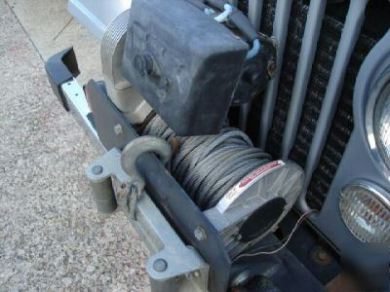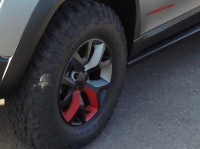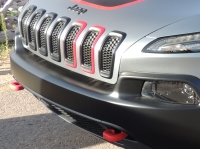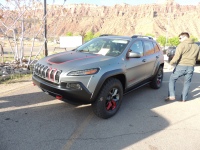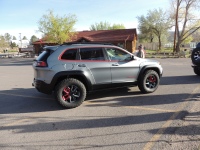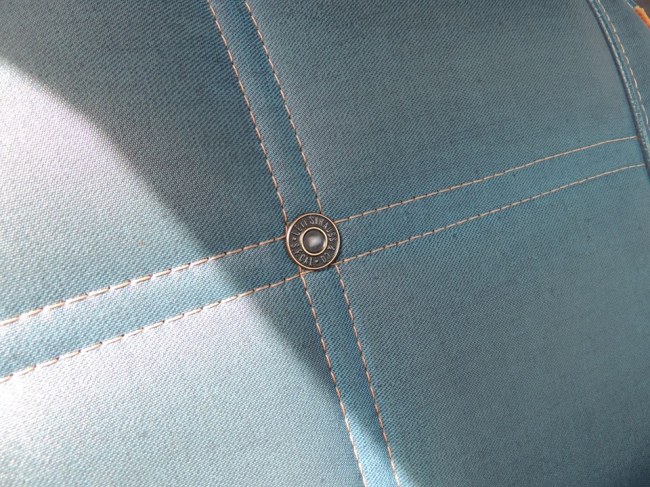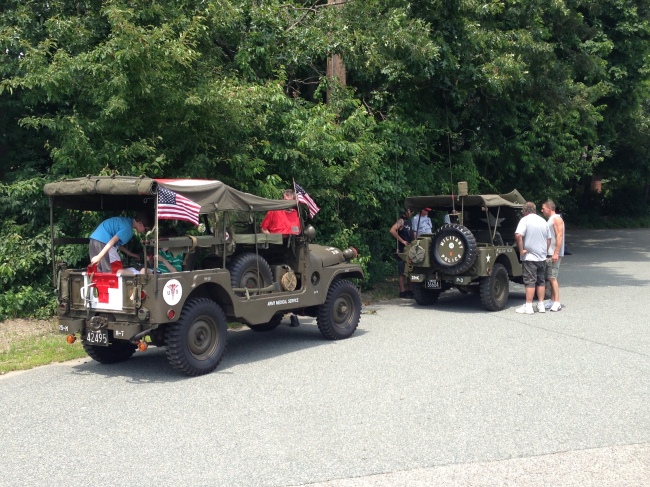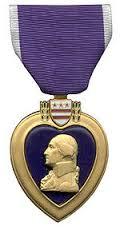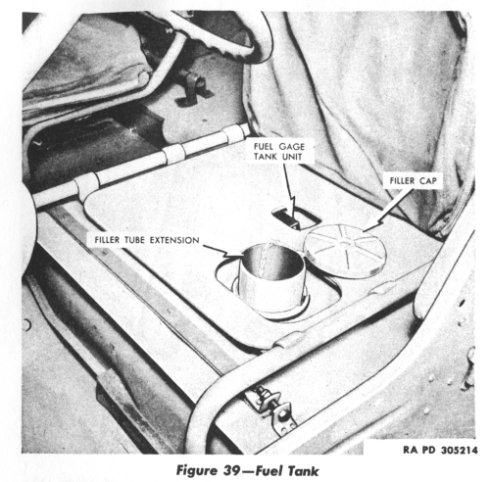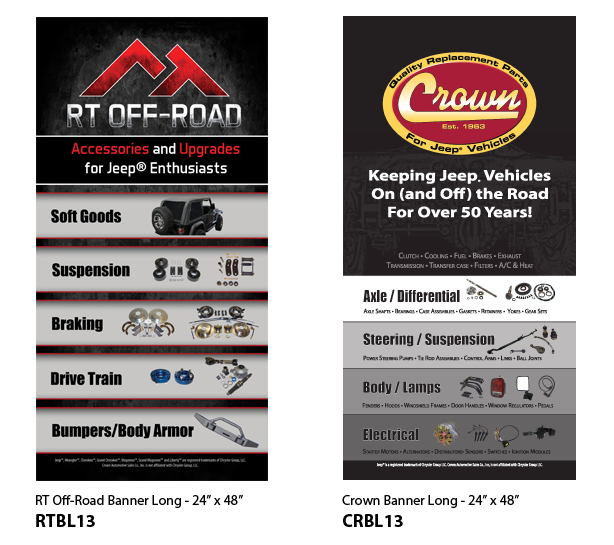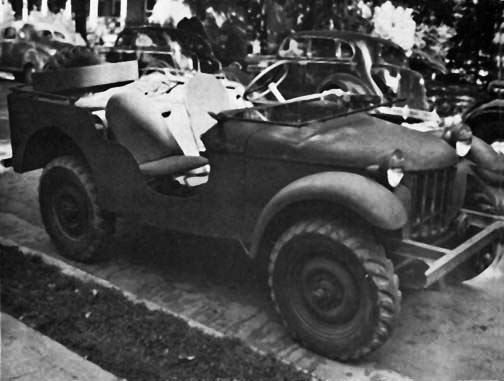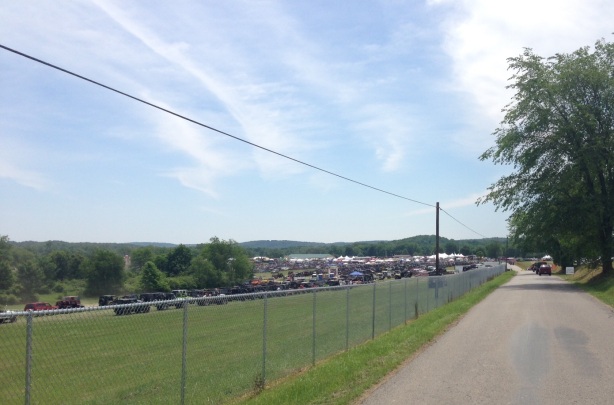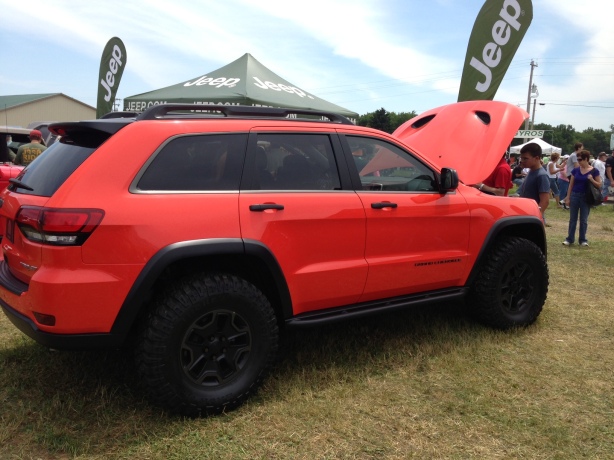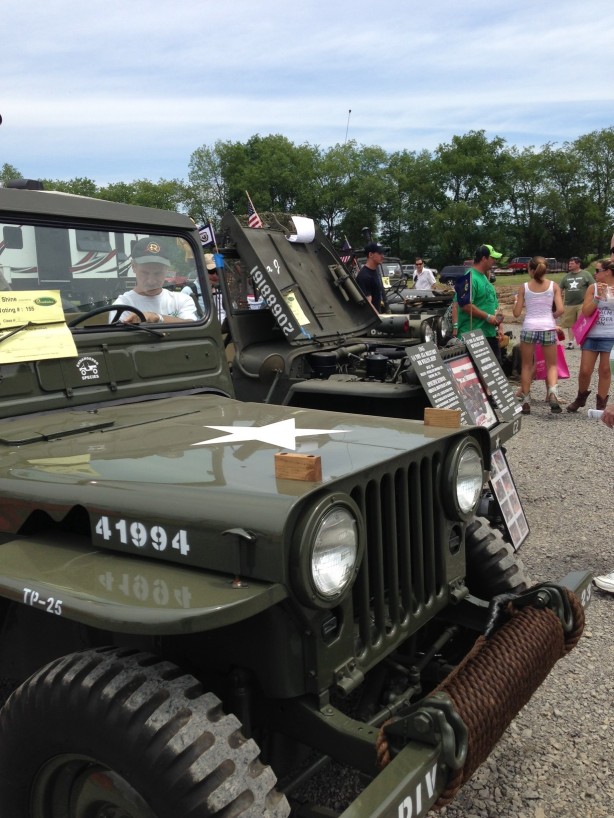With the 2014 NHL playoffs in full swing it’s appropriate to find a relationship between Jeeps and hockey. At first we thought that might be a daunting task. Quickly we found that Jeeps have played a large part in hockey.
Jeeps are known for their capability in nearly every condition. With that in mind, a man named Frank Zamboni sought out to manufacture one of the most important machines in hockey: the Zamboni Ice Resurfacer.
During the early 1940’s Frank Zamboni saw the need for a mechanized ice resurfacer. At the time ice resurfacers consisted of hot water tanks on wheels that would spread an even layer of water on the ice. The water would freeze and create a fresh ice surface. However, these resurfacers weren’t able to condition the ice and often times they would create a choppy surface. The old machines needed to be pulled across the ice at a steady pace in order to create a uniform surface. Thus, the old process of resurfacing took a long time.
Zamboni started experimenting with various vehicles in an effort to manufacture a mechanized ice resurfacer. The Jeep CJ was found to be an ideal starting point because they were small, 4-Wheel-Drive, readily available, inexpensive, and could easily be adapted to perform nearly any task. Only slight modifications were necessary to transform a CJ into an ice resurfacer. The driver’s seat and steering wheel were relocated to a frame on the rear of the vehicle. The resurfacing equipment was then bolted onto the top and rear of the body.
Through the years the Zamboni was redesigned several times to improve the operators vision, increase efficiency and overall effectiveness of the machine. The Zamboni continued to be built off the CJ platform until 1965 when the “Model HD”, a custom built chassis designed specifically as an ice resurfacer, began production.
Today, Zamboni still manufactures ice resurfacers. Recently they presentd the Montreal Canadiens with their 10,000th manufactured model. They’ve also restored several of their classic machines. Those restored classics can be found outside college hockey rinks all over America. There is also a Zamboni with a Jeep CJ chassis that resides at the US Hockey Hall of Fame (where Frank Zamboni was inducted in 2013).
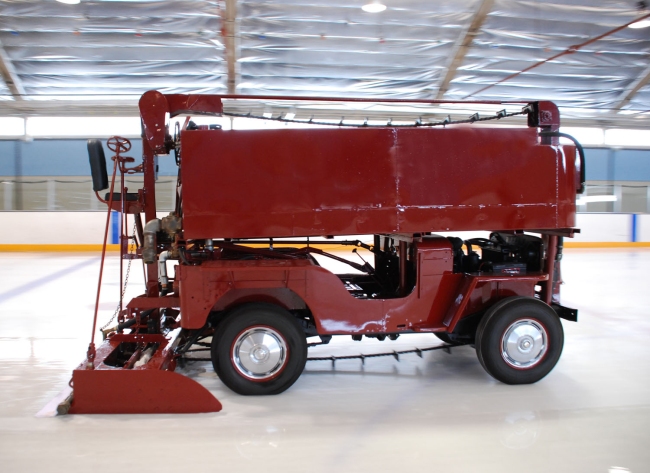 Be sure to follow us on Facebook and Pinterest to keep up with all things Crown!
Be sure to follow us on Facebook and Pinterest to keep up with all things Crown!

